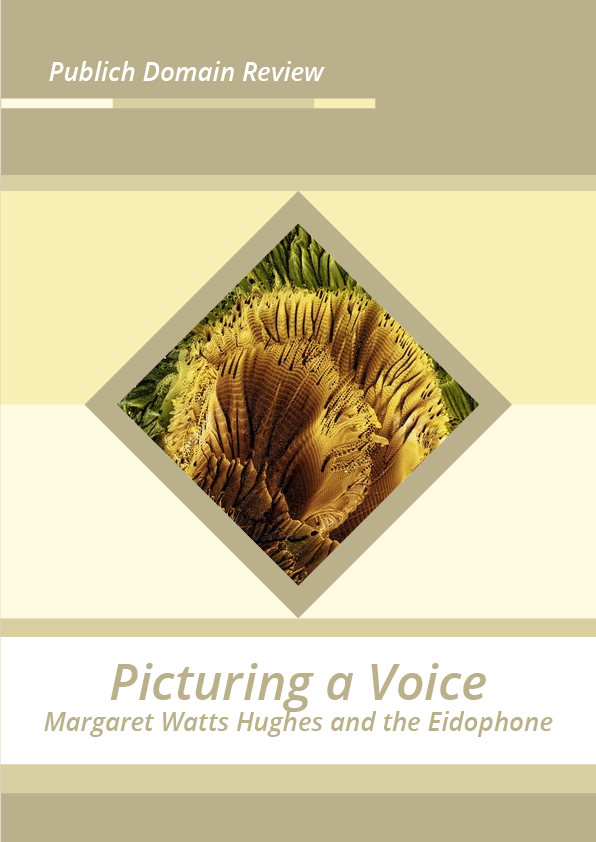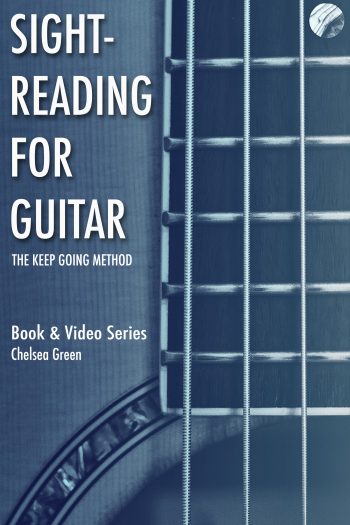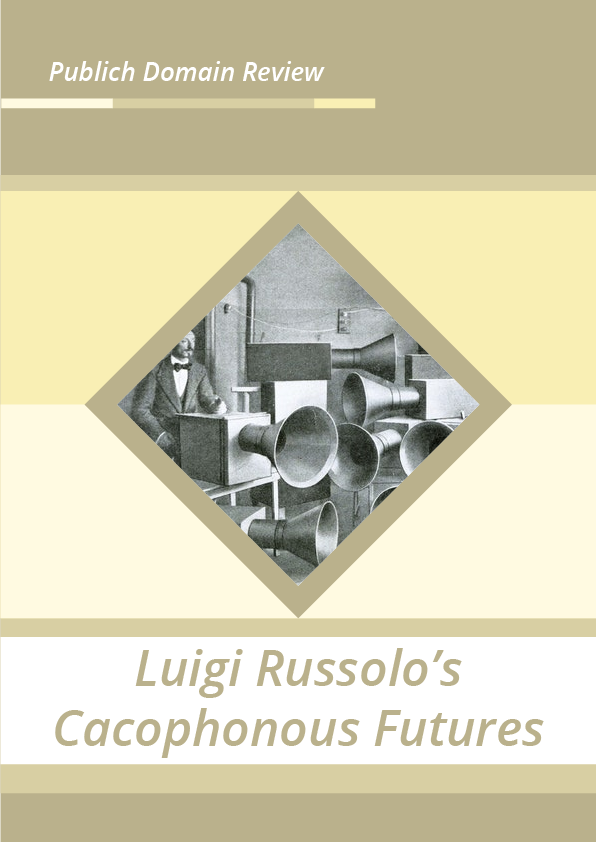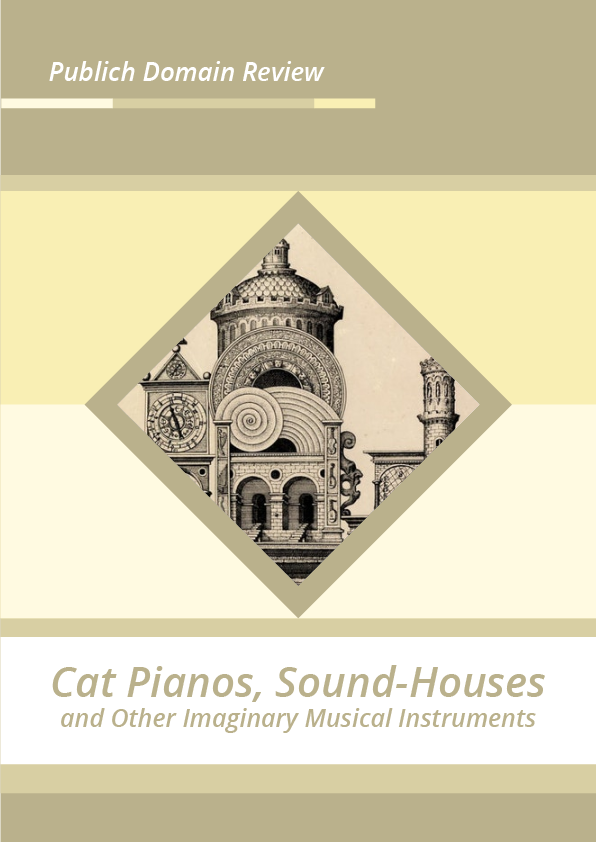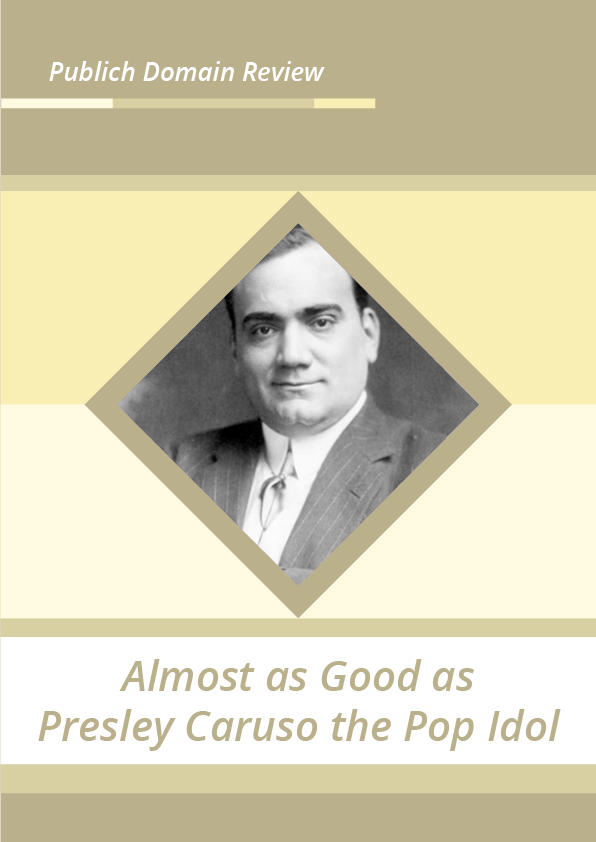Of the various forms the nascent art of sound recording took in the late nineteenth century perhaps none was so aesthetically alluring as that invented by Margaret Watts Hughes. Rob Mullender-Ross explores the significance of the Welsh singer’s ingenious set of images, which until recently were thought to be lost.
Recorded sound began as much a visual and textual concern as an auditory one. From its inception the phenomenon necessarily relied upon the act — via the medium of a vibrating surface — of converting sound waves into physical motion, and a subsequent act of inscription. Probably the earliest practical example of such a recording apparatus was Édouard-Léon Scott de Martinville’s Phonautograph. Patented in 1857, it consisted of a mechanism of vibrating diaphragm, lever, and a hog’s bristle which scratched sound into soot-coated paper or glass. Scott de Martinville conceived the marks produced as a form of “auto-stenography”, where the inflections and intonations of an individual’s speech might be read by anyone with the required patience to learn this new form of “script”. This new-found visibility of sound fuelled much debate between artists, musicians, scientists, and even lawyers about what precisely these scratches and squiggles constituted. Were they a kind of writing, an expository method of display and measurement, or a mutable and plastic material — a site of aesthetic transformation and potential production? Audio-visual correspondences as aesthetic concerns — often suffused with occult or spiritualist sensibilities — grew to become well established in the more esoteric visual and musical practices of the late nineteenth century.
Even Alexander Graham Bell felt the seductive promise of a commingling of the auditory and the visual when, on having successfully demonstrated a new communication device he called the Photophone, he exclaimed to his father:
I have heard articulate speech produced by sunlight! I have heard a ray of the sun laugh and cough and sing!… I have been able to hear a shadow, and I have even perceived by ear the passage of the cloud across the sun’s disk!
Bell had heard a signal (light) that had never previously existed within the auditory realm; already the provenance of sound was undermined. This ingenious device consisted of a mouthpiece attached to a chamber capped with a thin mirror. When spoken into, the mirror would vibrate, thereby modulating a beam of sunlight — effectively encoding it with the sound. This vibrating light beam was then picked up and turned back into sound by a mirrored parabolic receiver some distance away. As Steven Connor (after Friedrich Kittler) has noted, the communications landscape of the late nineteenth century was characterised by “a kind of conversion mania, as inventors and engineers sought more and more ways in which different kinds of energy and sensory form could be translated into each other.”
